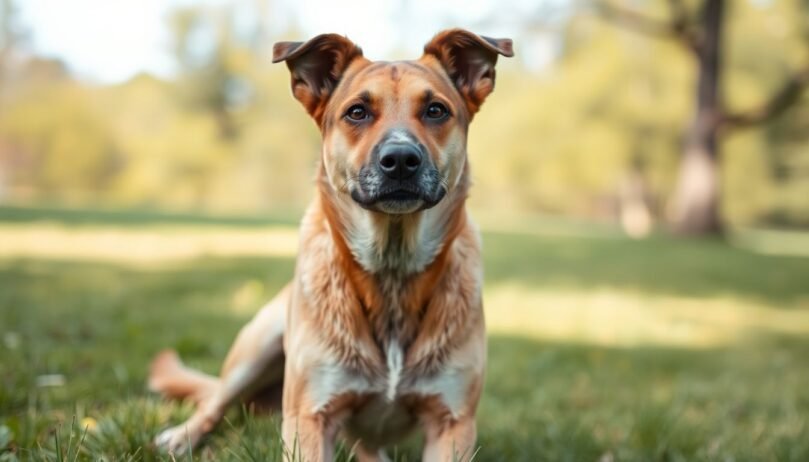Understanding A Dogs Body Language
- 14 December 2024
- BuyAPet Editorial Team
- All Dogs
Dog Body Language: Decode Posture, Face & Vocal Cues
From tail wags and ear positions to whale eyes and play bows, learn to read canine signals—and respond safely and kindly.
Posture: Tail, Ears & Head
- Tail: Loose wag = friendly; stiff, high wag can be arousal or challenge.
- Ears: Forward = curious; back/flat = fear or stress.
- Head: High = confidence; lowered = uncertainty or appeasement.
Facial Signals: Eyes & Mouth
- Whale eye: Visible whites often signal discomfort—give space.
- Dilated pupils: Excitement, fear or pain.
- Mouth: Relaxed = calm; lip licking/yawning can indicate stress; teeth baring = warning.
Body Movements
- Play bow: Invitation to play—should be loose and bouncy.
- Freezing/stiffening: Pause and create distance.
- Repeated yawns or shake‑offs: Stress relief—lower intensity or end the session.
Vocalisations
- Alert barks are sharp and brief; playful barks are lighter.
- Growls/snaps are warnings—don’t punish the warning; address the cause.
- Whines may signal need, frustration or anxiety.
Context Is Everything
Environment, breed, age and past experiences shape signals. Observe the whole dog, not a single cue.
FAQs
Does a wagging tail always mean a friendly dog?
No—look at the whole body. Loose, sweeping wags are friendly; stiff, high wags can mean arousal or challenge.
What is “whale eye”?
When the whites of the eyes show; it often signals discomfort, fear or guarding—create space.
How do I de‑escalate a tense moment?
Stop moving toward the dog, turn sideways, soften your voice, and give them a path to retreat.
My dog freezes when petted—what does that mean?
Freezing can indicate stress. Pause, let them choose contact, and reward relaxed engagement.
This article is educational and not a substitute for professional veterinary advice. For persistent issues or medical concerns, consult your veterinarian.
